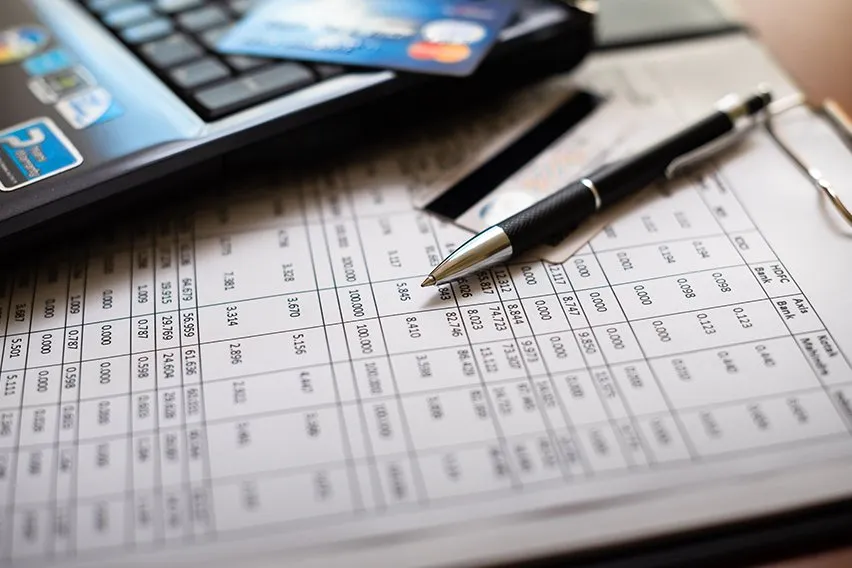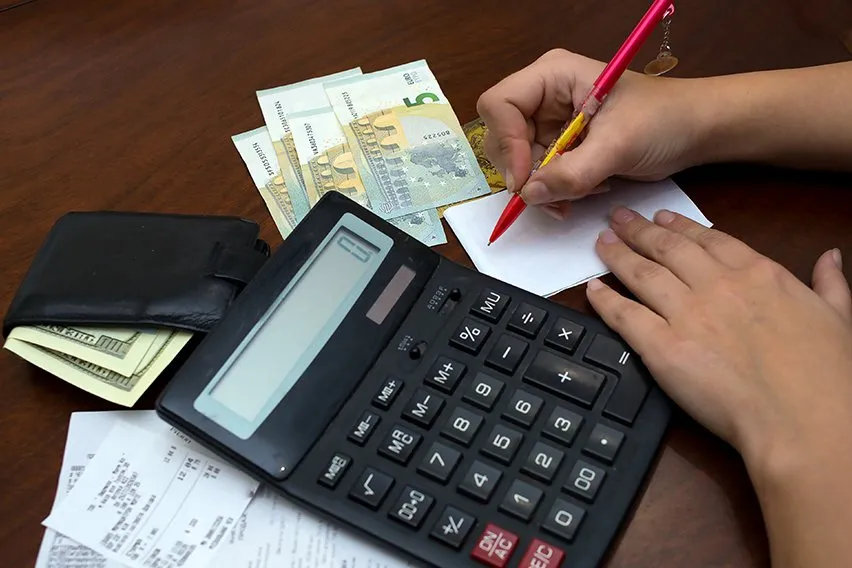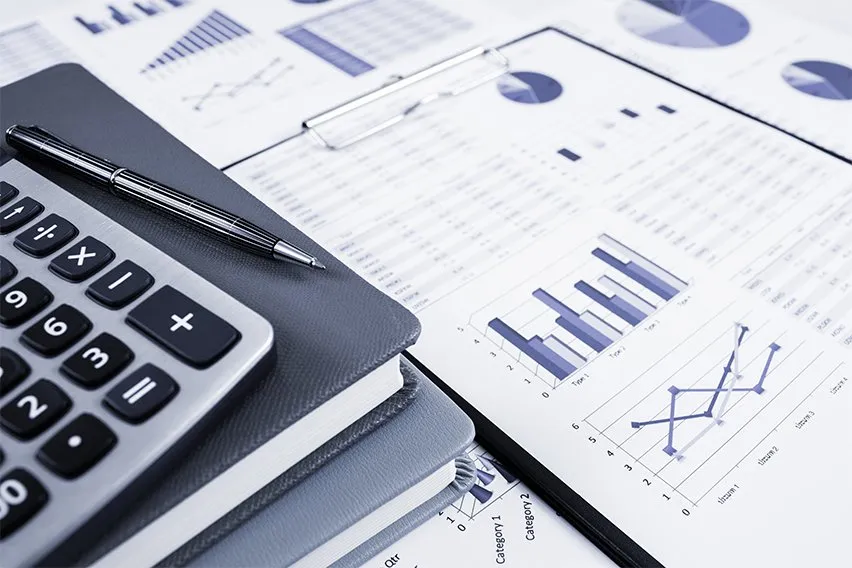How to Write Off Bad Debt? Overview & Example

If you give your clients or customers credit, then you may face bad debt at some point in time. This is a frustrating part of business, and it can cause serious issues for your company. If you’re facing issues with unpaid invoices, learn about how to write off bad debt here!
Here’s What We’ll Cover:
How Do You Write Off Bad Debt?
Why Bad Debt Accounting is Important
What Is Bad Debt?
Bad debt is a result of a failed collection effort for one of your accounts receivable. The reason it’s called bad debt is because the debt has become worthless. Both people and businesses can incur bad debts. However, business bad debt is directly related to business activity. We’re covering business debt, specifically.
Here are some of the ways that worthless business debt can occur:
- Outstanding credit sales to customers and clients
- Unpaid loans to clients and vendors
- Business loan guarantees
While all of these are possible, the number one reason for bad debt is due to credit sales. While you may have an ill-fated loan or two, credit sales are much more likely to become worthless debt.

How Do You Write Off Bad Debt?
Bad debt expenses can become an accounting nightmare. The most basic way to look at bad debts are as aged accounts receivable. In accrual accounting, any money owed to your business is considered an account receivable. This method of accounting relies on accruing balances over time. However, bad debt can’t stay in your accounts receivable; it has to be written off.
When you’re writing off bad debts, you have to choose the method that you want to use. There are two different methods for write-off:
- The direct write-off method
- The allowance method
Each method is handled slightly differently from one another. We’re going to cover how to treat both for your accounting needs.
The Direct Write-Off Method
The direct write-off method utilizes a bad debt expense account. This account holds all of the account information for any bad debts that a business may be facing. This is one of the easiest methods of writing off bad debt. This method is used after the account receivable is recorded.
When using the direct write-off method, the bad debt is written off once it’s confirmed it won’t be paid back. This can be done by reaching out to the customer, or by waiting for a period of time to pass. Many businesses consider an appropriate period of time to be an accounting period.
When you record a bad debt write-off using this method, you record a debit to the bad debt expense account. The accounts receivable account is recorded as a credit.
The Allowance Method
The allowance method is also called the provision method. This is because an allowance, or a bad debt provision, is created for possible bad debt accounts. This method requires the use of an allowance for doubtful accounts. A doubtful account is any account that you don’t believe you’ll receive payment on.
When creating the allowance that you’ll set aside for bad debt, you can refer to previous years of business. Understanding how many bad debt accounts you’ve incurred, as well as their worth, is important. If you don’t have a way to estimate these expenses, you may not be able to create an allowance that covers your bad debts.
When you record bad debt accounts using this method, the amount is a debit to your allowance for doubtful accounts. It is then a credit to your accounts receivable account.

Why Bad Debt Accounting is Important
When it comes to business, accounting for your bad debt expenses is required. Bad debt expenses must be recorded on a company’s income statement. This creates transparency for your business, of course. Thankfully, great accounting software can make bad debt accounting easy!
However, the bad debt write-off process can take some time. In most cases, accounts that are going to go unpaid can’t be confirmed for months. As such, offering credit to customers can come at a great risk. There are ways to reduce bad debts from happening, though.
- Credit can be offered on a more selective basis
- Payment terms can be outlined clearly to the customer
- A collection agency can be hired to make collection attempts on your behalf
No business wants to incur bad debts. This can be a way to help prevent that.
Key Takeaways
Bad debt is a frustrating part of doing business. Sometimes, it can’t be avoided, though. As such, knowing how to write off bad debt is important. Make sure you’re writing off your bad debts in the best way possible for your business! If you’re looking for more articles like this, head over to our resource hub.
RELATED ARTICLES

 Accounting Transactions: Definition, Types & Examples
Accounting Transactions: Definition, Types & Examples Consignment Accounting: Definition & Format
Consignment Accounting: Definition & Format Direct Vs Indirect Cash Flow Method: What’s the Difference?
Direct Vs Indirect Cash Flow Method: What’s the Difference? What Is Direct Method Cash Flow?
What Is Direct Method Cash Flow? What Is Project Accounting? A Complete Guide
What Is Project Accounting? A Complete Guide What Is Net Profit?
What Is Net Profit?